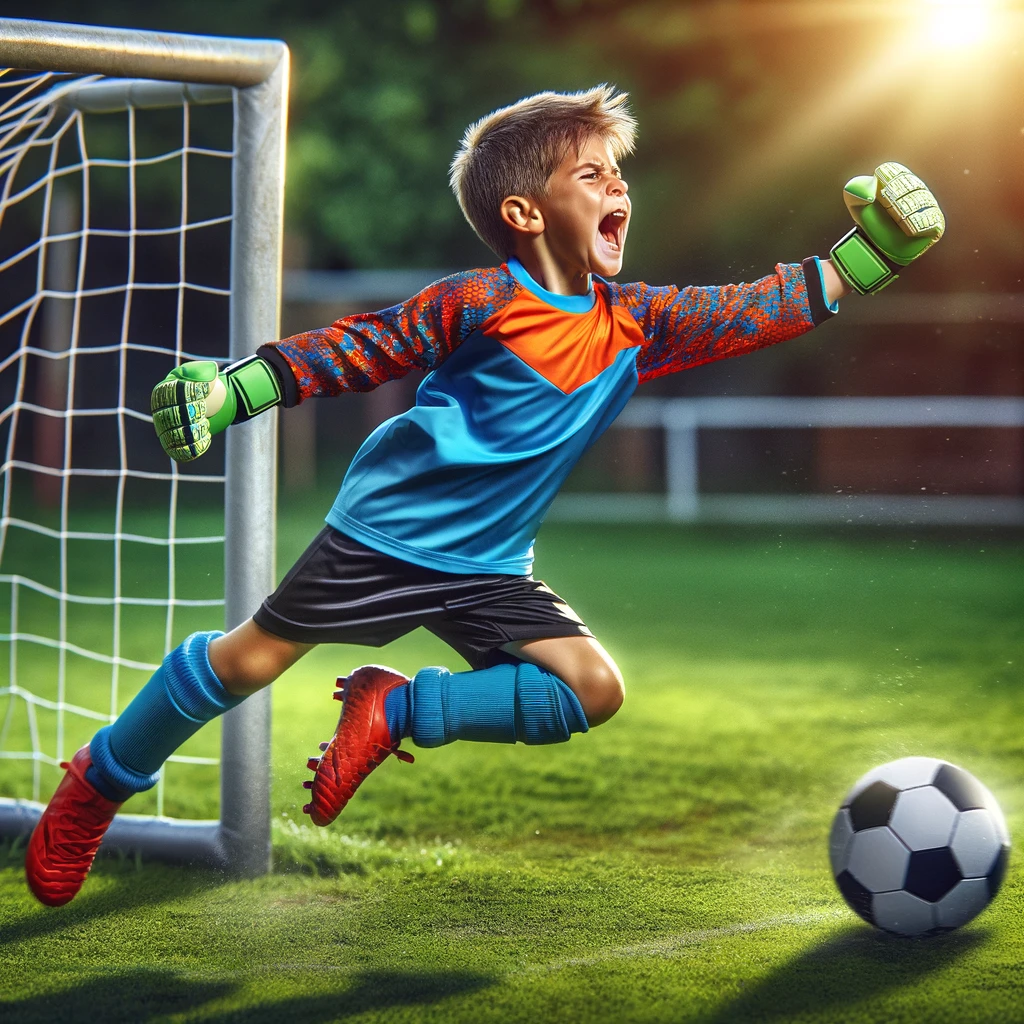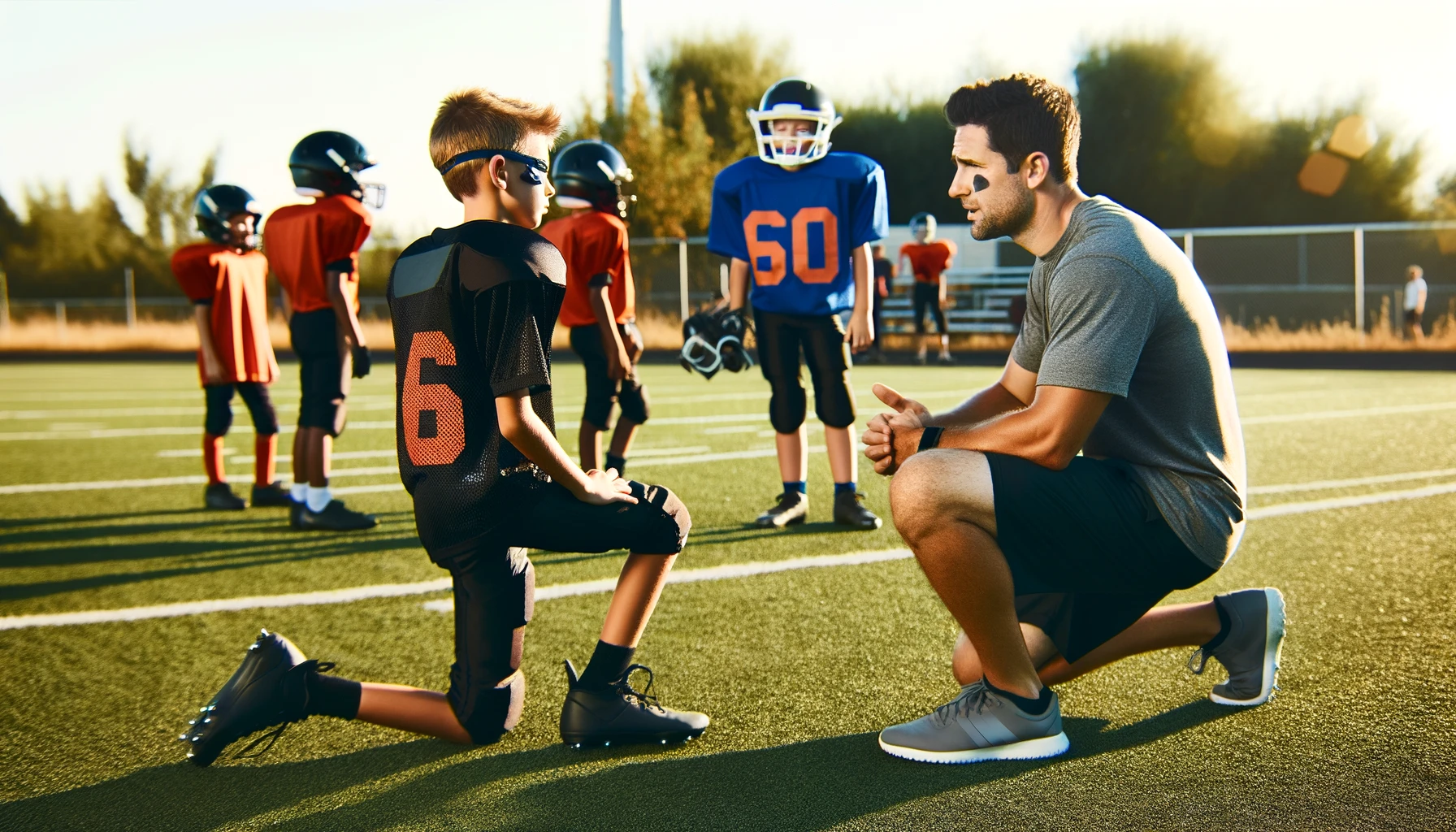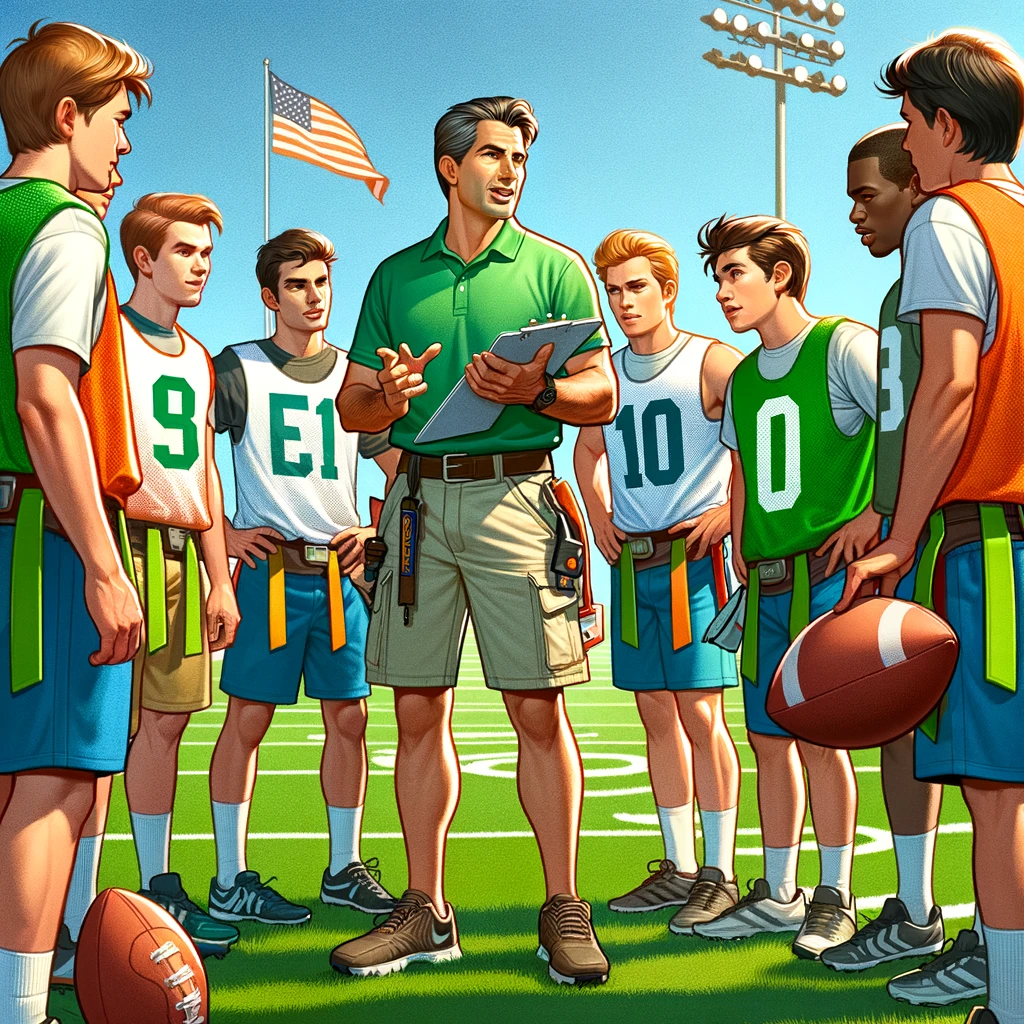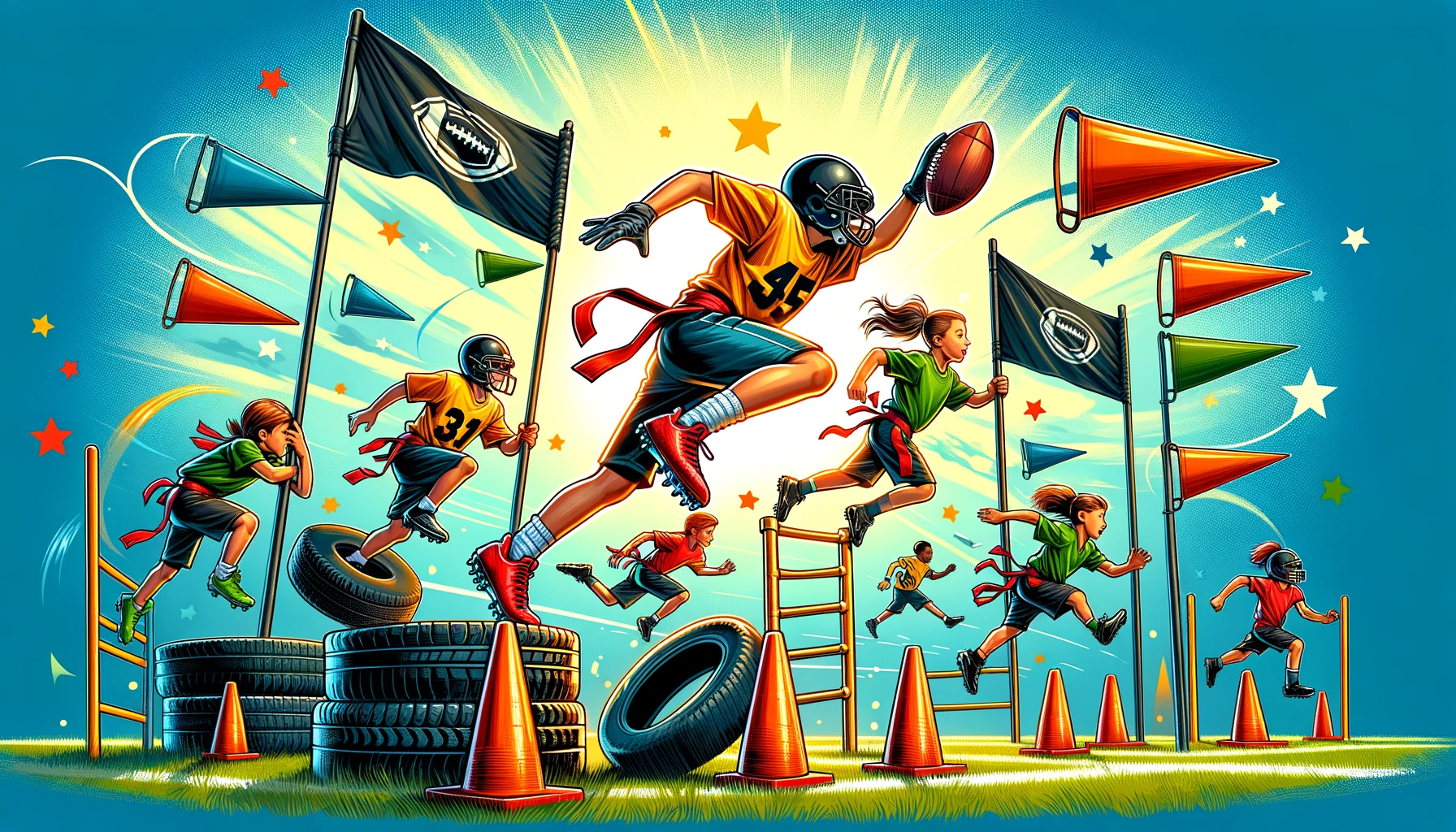Teaching Young Soccer Enthusiasts: The Art of Goalkeeping

Welcome to my latest blog post, where I dive into the exciting world of coaching young soccer players, specifically focusing on the crucial role of the goalkeeper. As a coach of a vibrant team of 8-year-olds, new to the beautiful game, it’s essential to introduce them to every aspect of soccer in a fun, engaging, and understandable manner. Today, let’s explore how we can teach these budding athletes to be effective and confident goalies.
Step 1: Understanding the Role
Before we get our hands (quite literally!) on the ball, it’s crucial for the kids to understand what a goalie does. I start with a simple explanation: The goalie is the last line of defense, the protector of the goal, and the only player allowed to use their hands within the penalty area. We discuss the importance of this position and how it can be both challenging and rewarding.
Step 2: Warming Up
Like any other physical activity, warming up is key. We focus on exercises that enhance agility, coordination, and quick reflexes – all vital for a good goalie. Simple games like tag or obstacle courses can be great for this.
Step 3: Basic Techniques
Now, onto the heart of goalkeeping: the techniques. We start with the basics:
- Handling the Ball: Teaching them how to correctly catch and hold the ball. Using soft throws at first, I show them how to use their hands and arms to cushion the ball’s impact.
- Positioning: Positioning is everything for a goalie. I set up cones to represent the goalposts and teach them to always position themselves between the ball and the center of the goal.
- Diving: This can be the most exciting part for the kids. I demonstrate how to safely dive to either side to stop the ball, starting with low dives on soft mats or grass.
Step 4: Practice Drills
Practice makes perfect. We incorporate fun drills like:
- Shot Stopping: Players take turns shooting at the goal, allowing the goalie to practice their reaction time and diving.
- One-on-One: Simulating real game scenarios where the goalie faces a single attacker.
Step 5: Communication and Awareness
A good goalie is also a team leader. I encourage them to communicate with their teammates, calling out instructions or warnings. We play simple games that enhance their awareness and ability to read the game.
Step 6: Building Confidence
Finally, it’s all about building confidence. I always ensure to provide positive feedback and celebrate their small victories, whether it’s a good save, a correct positioning, or just a brave attempt.
Teaching young kids to play goalie is not just about the skills but also about instilling a sense of enjoyment and confidence in them. Each session is a blend of learning, playing, and growing. As their coach, watching them evolve from novices to confident goalies is truly rewarding.
Remember, at this age, it’s all about fostering a love for the game. So, keep it fun, keep it light, and watch these young stars shine in their new roles!
I hope this post inspires other coaches and parents. Happy coaching!


